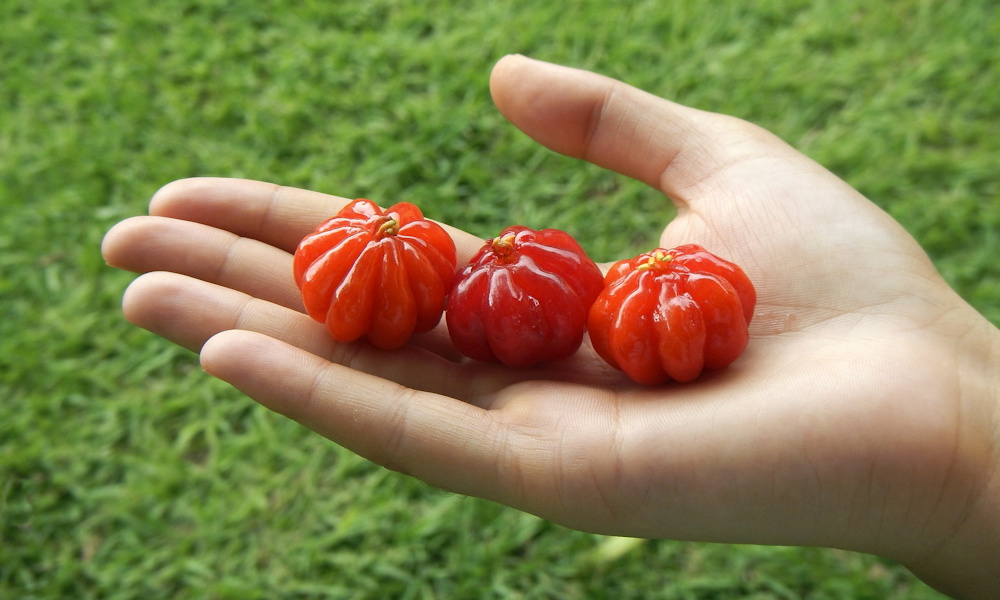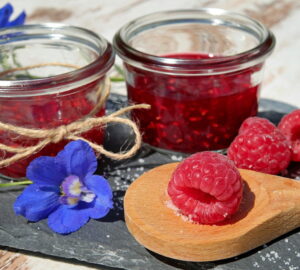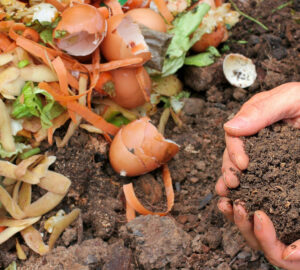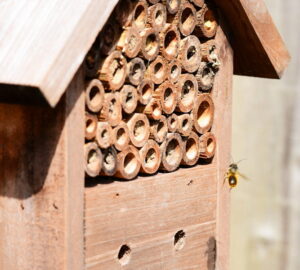If you’re on the hunt for a fruit that’s as vibrant in appearance as it is rich in flavor, pitanga might just be the tropical treasure you need. Native to South America, this colorful cherry-like fruit packs a powerful punch of nutrients and can brighten up any garden or dish. Let’s dive into what makes pitanga a must-have plant for both culinary enthusiasts and garden lovers.
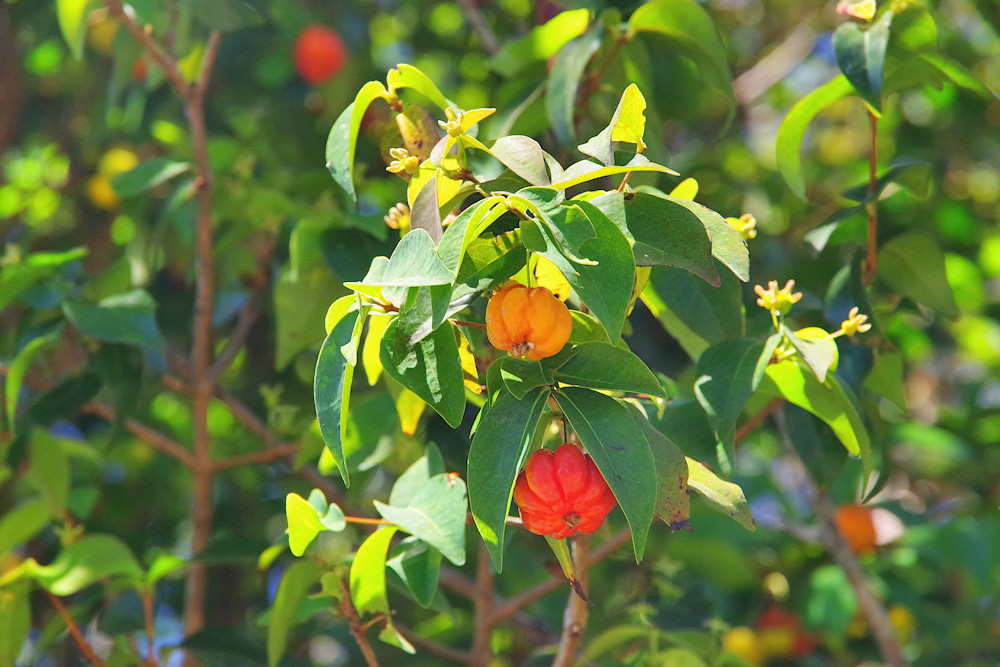
Origin and Other Names of This Tropical Wonder
Pitanga, scientifically known as Eugenia uniflora, originates from the lush landscapes of Brazil, Uruguay, and Argentina. Commonly referred to as Surinam cherry or Brazilian cherry, pitanga has also picked up names like Cayenne cherry due to its widespread cultivation and popularity across tropical regions.
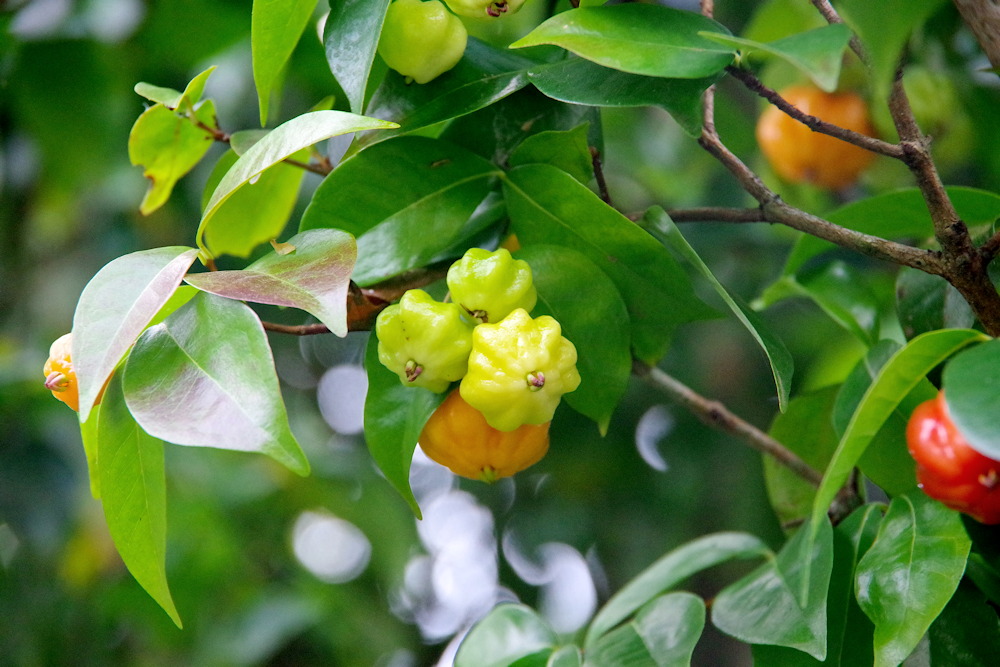
What Makes Pitanga Special?
A Standout in Edible Landscaping
The pitanga tree is a feast for the eyes, with its glossy green leaves that turn a stunning shade of red in cooler months. But it’s the unique, ribbed fruit that truly steals the show. With its edible allure and impressive health benefits, pitanga is a star in edible landscaping, blending beauty and utility seamlessly.
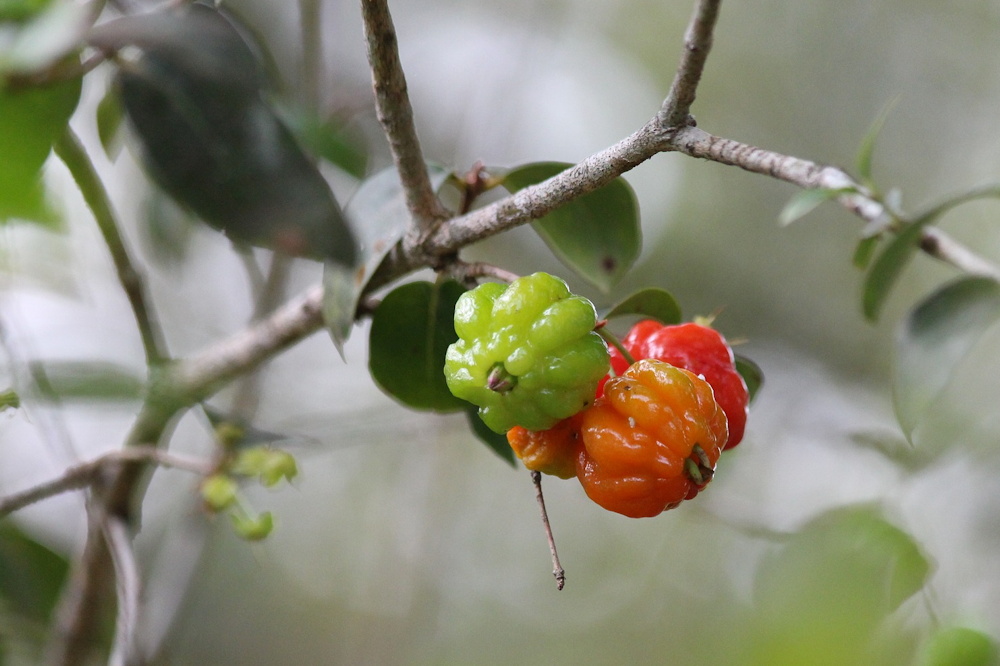
Flavor with a Tropical Twist
The flavor of pitanga is unlike any other – it’s a blend of sweet, sour, and slightly spicy, with hints of mango and apricot. This flavor profile, combined with its versatility, makes pitanga a valuable addition to any garden or kitchen.
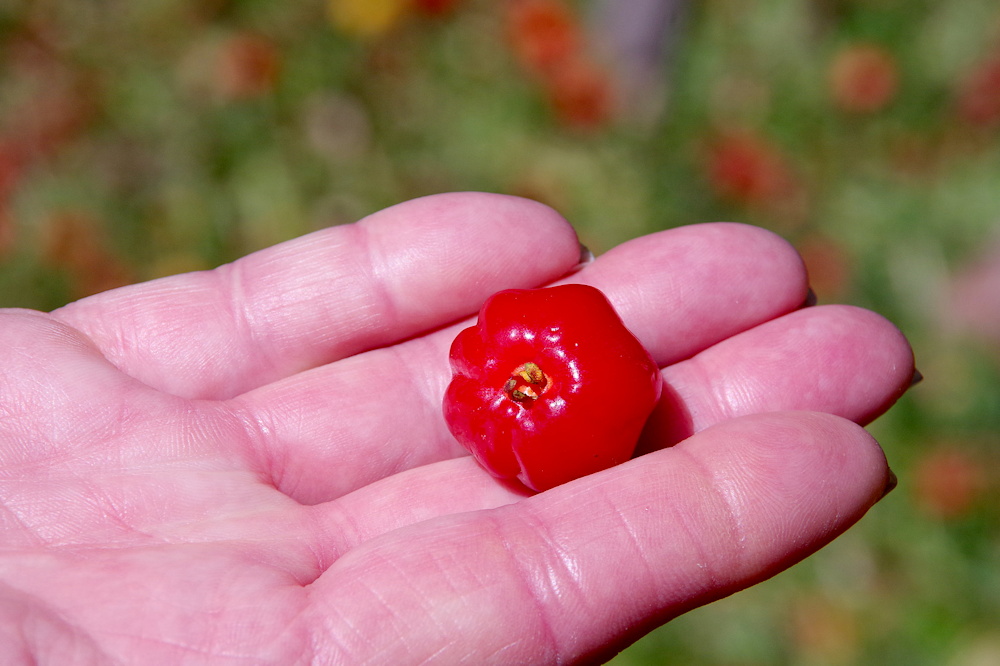
Getting to Know the Pitanga Plant
A Bush with Character
Pitanga can grow as a compact shrub or a small tree, reaching heights of 2 to 5 meters (6.5 to 16.5 feet). Its foliage is dark green and shiny, creating a lush backdrop for its flowers and fruits. The leaves, interestingly, release a subtle resinous fragrance when crushed, adding an extra sensory layer to the gardening experience.
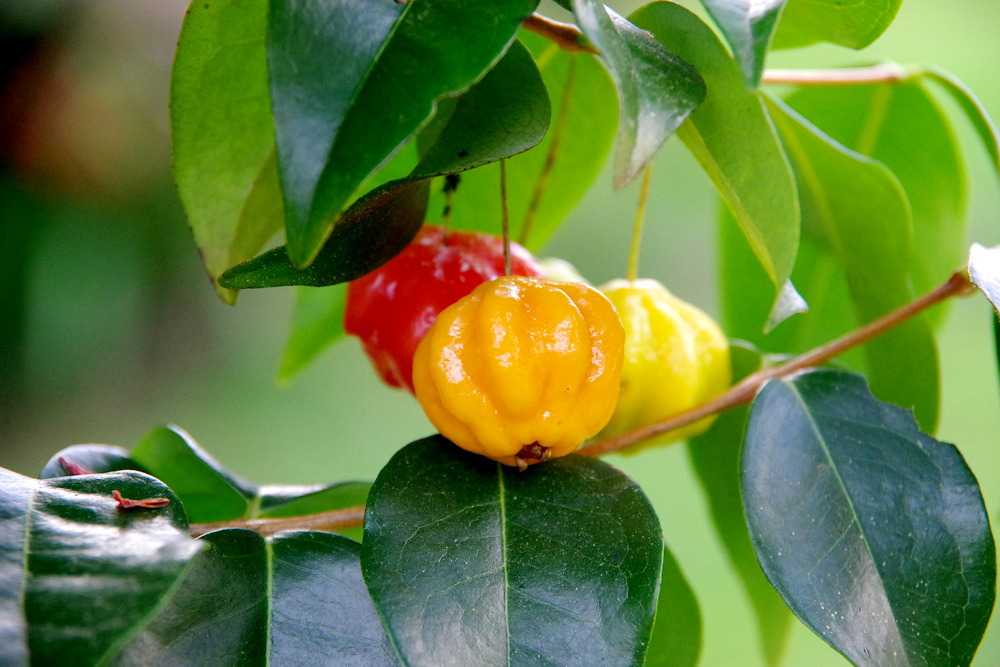
Fruit Like No Other
The small, ribbed fruit resembles a mini pumpkin and changes color as it ripens – from green to bright red, and sometimes even a deep, dark purple. Not only is it visually striking, but its complex flavor also makes it a culinary favorite.
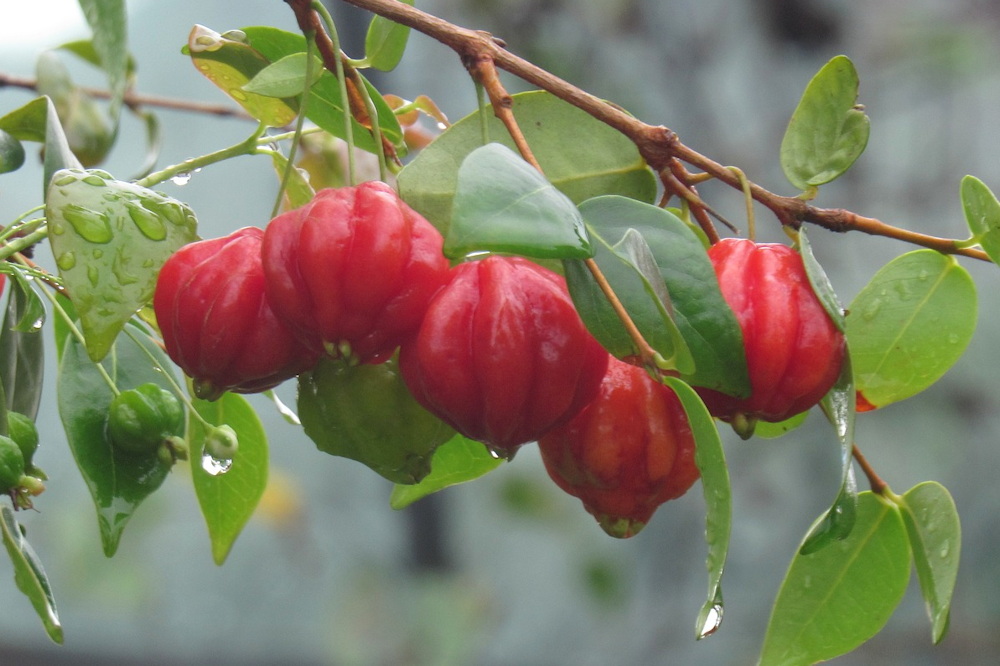
Culinary Uses of Pitanga
Pitanga is a culinary powerhouse, lending its unique flavor to a variety of dishes and drinks. It can be eaten fresh, but its tangy taste also shines in jams, jellies, and sauces. The fruit is a beloved ingredient in tropical beverages, smoothies, and even homemade ice cream, adding a distinctive twist to summer treats.
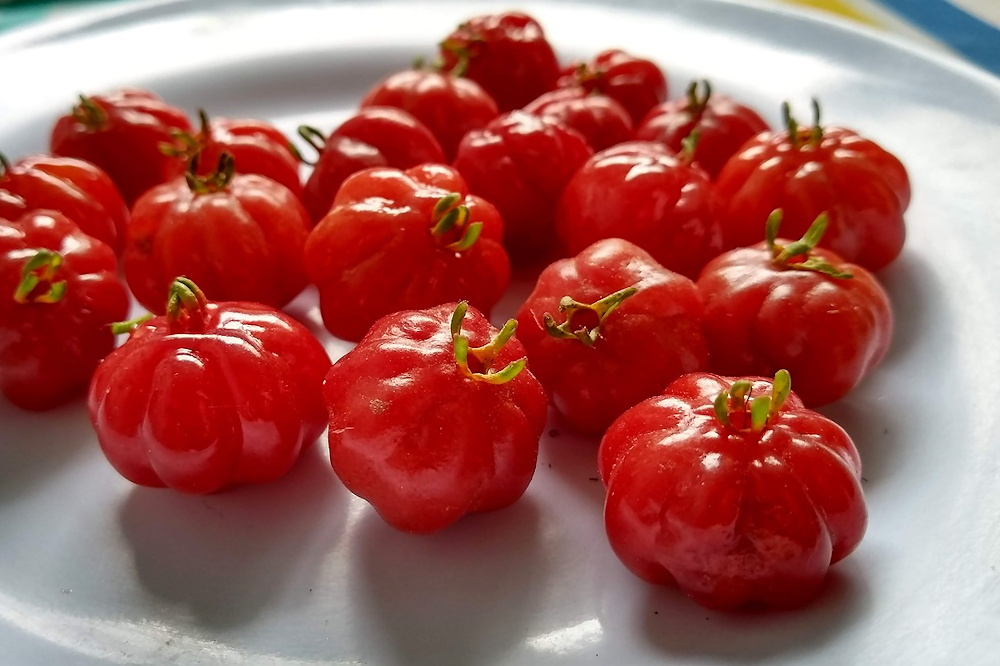
The Health Perks of Pitanga
Nutrient-Dense and Delicious
This tiny fruit is a vitamin C dynamo, containing far more of this immune-boosting vitamin than oranges. It’s also rich in vitamin A and antioxidants, which are known to support skin health, improve vision, and fight inflammation.
Traditional Medicine to Modern Wellness
Pitanga has long been used in traditional herbal remedies to alleviate digestive issues, reduce fever, and treat respiratory infections. Its leaves are even used to make a calming tea, believed to have mild sedative effects.
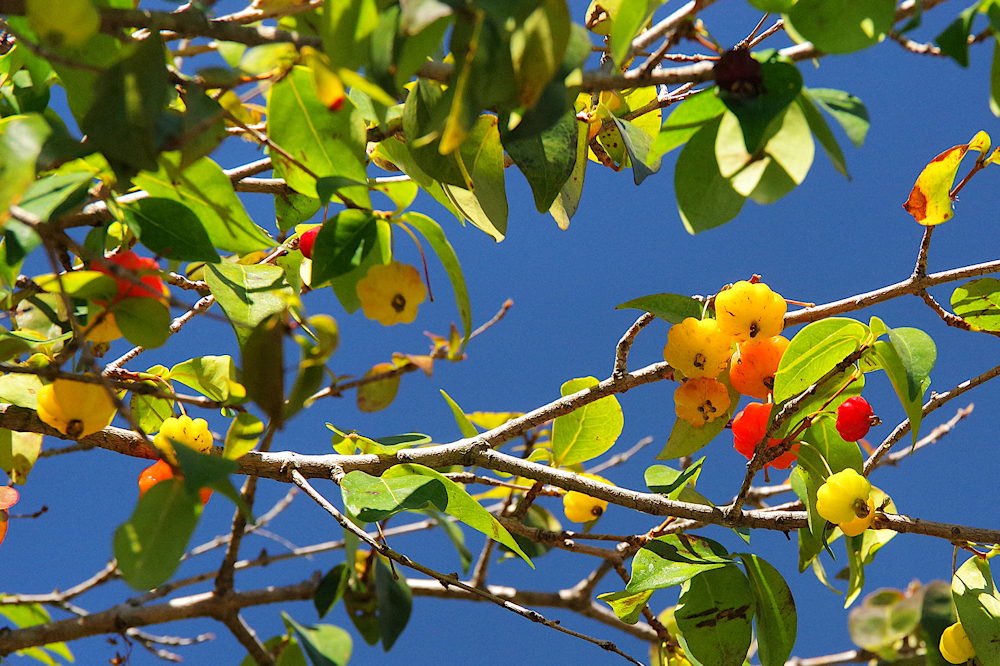
Fascinating Facts About Pitanga
- Pest-Repellent Properties: Pitanga leaves contain essential oils that naturally repel pests, making it a great addition to organic gardens.
- High Vitamin C Levels: This small fruit provides about 30 times more vitamin C than an orange, making it a potent immune booster.
- Grow in Containers: Pitanga can thrive as a container plant in temperate climates, bringing a taste of the tropics to more gardens.
- Bird-Friendly Plant: The tree’s fragrant flowers attract birds, making it an excellent choice for birdwatchers looking to enhance their garden’s biodiversity.
- Skin Care Benefits: Due to its high antioxidant content, pitanga is used in natural skincare products aimed at anti-aging and sun protection.
- Unusual Flavor Profile: With flavors reminiscent of tropical fruits like mango and pineapple, pitanga is truly a one-of-a-kind taste experience.
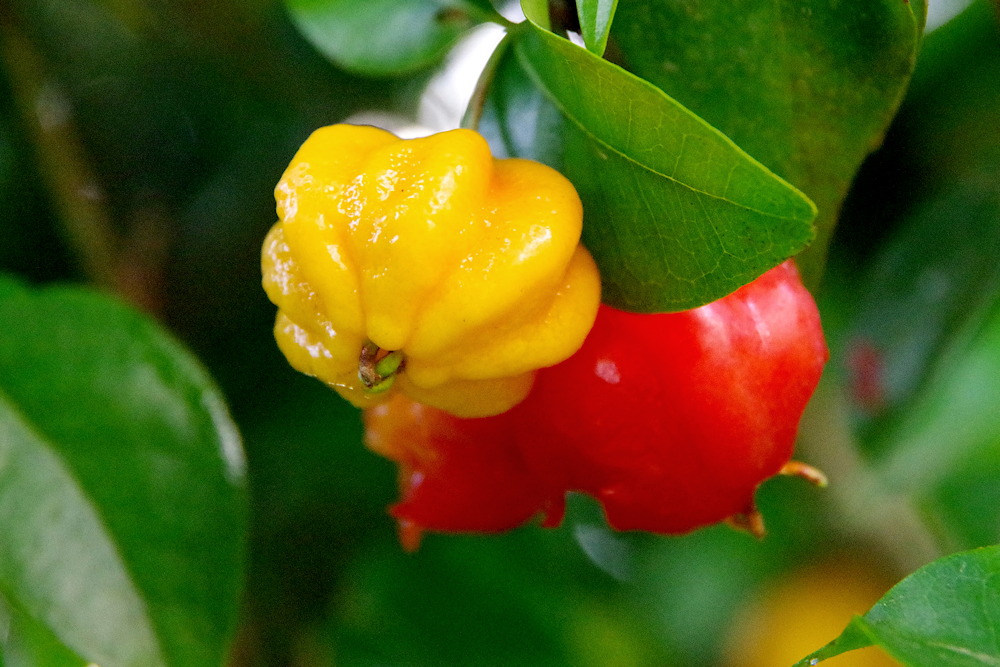
Final Thoughts
Pitanga is much more than just a pretty plant – its unique appearance, rich flavor, and numerous health benefits make it a standout in any garden or kitchen. Whether you’re drawn to its culinary versatility or its tropical charm, pitanga is a worthy addition to your horticultural repertoire. So why not give this tropical gem a try and add a little flair to your garden?



